How to Create a Startup Hiring Plan From Scratch

Creating a hiring plan is one of the most challenging things to do as a startup.
You don’t have unlimited resources, and you need to find the best people you can afford.
When done correctly, your startup hiring plan can ensure you have the right team in place to grow without stressing about making payroll.
This guide will show you how to create a strategic startup hiring plan that sets you up for success.
What is a Startup Hiring Plan?
A startup hiring plan outlines who, when, and how your startup will hire new employees. It includes a forecast of which positions you plan to hire and the expected costs.
Without a startup hiring plan, you risk overhiring, waiting too long to hire, spending more than you can afford, and growing inefficiently.
A hiring plan is vital when you’re scaling.
In the early days of your startup, the process is simple when you’re hiring one person here and there as needed.
But what happens when you need to go from a 20-person team to a 50 or 100+ person team across seven departments?
You need to put systems in place.
Here’s a typical example that illustrates the benefits of a startup hiring plan.
You’re a fast-growing startup getting ready to raise your Series A.
You plan to use the Series A funding to grow your team and accelerate growth.
If you don’t know exactly which team members you need to reach your growth projections, how much it will cost, and what your hiring timeline should look like, you’re setting yourself up for failure.
You’re no longer just hiring one-off employees as necessary. You need to be strategic because new hires in one department can impact who you hire in another one.
For instance, let’s say your hiring plan looks like this:
- Ten developers to work on the product features you need to land bigger customers
- You need to market those features, so you hire an email marketer to launch new campaigns.
- You want an organic source of leads for your email marketer(s) and another traffic source, so you hire a content marketer.
- You’ll have more leads coming in now, and you know each SDR can handle 400 leads per month. So you’ll need 4 SDRs to manage the new inbound leads from your content and email marketing team.
- All of these new leads mean more customers, which means support requests. You plan to hire three customer success members to handle the influx of new customers from the sales team.
Without a unified plan, it’s easy to drop the ball and find yourself rushing to make new hires on an ad-hoc basis.
Save yourself some time and headaches by making a hiring plan.
Short-Term vs. Long-Term Hiring Plan
Things change, and you need to be flexible.
Having a short-term and long-term startup hiring plan will make it easy to move faster short term and make adjustments when needed.
Your short-term hiring plan should forecast 6-12 months out, while your long-term plan looks two to three years into the future.
Short-Term Hiring Plan
Which new hires does your startup need in the immediate future?
How much can you afford to spend on new employees based on your current forecast? And how will it affect your runway?
These are the questions your short-term hiring plan should address.
Again, this plan should focus on the next 12 or so months.
If you plan to expand in five years, this plan doesn’t account for that. It’s just what you need to reach your revenue and growth goals over the next year.
Long-Term Hiring Plan
Your long-term hiring plan zooms out.
What are your startup’s plans for the next 2-5 years?
For instance, maybe you primarily sell to SMBs right now, but you plan to start going upmarket in three years.
As a result, you know you’ll need to build a new sales division specifically for enterprise customers.
Perhaps you need to hire some solution engineers, a new CMO, or other people to help you reach your goals.
You can prepare for these hiring decisions in your long-term hiring plan. You can set milestones you need to reach within your plan to make those hires and justify the costs.
If you don’t reach those milestones or your plans change, you can always pivot without throwing off your entire financial plan.
When to Start Your Startup’s Hiring Plan
You should ideally have a startup hiring plan as soon as you make your first hire.
It doesn’t necessarily need to be an intricate plan that’s completely mapped out.
Adding your proposed new hires to your financial model is a good first step.
When it comes to a more robust hiring plan, we suggest starting one before you make your first major “wave” of new hires.
For most startups, that means doing it ahead of your Series A.
Your Series A round is usually when you get your first significant influx of cash, which is when most startups start hiring sprees.
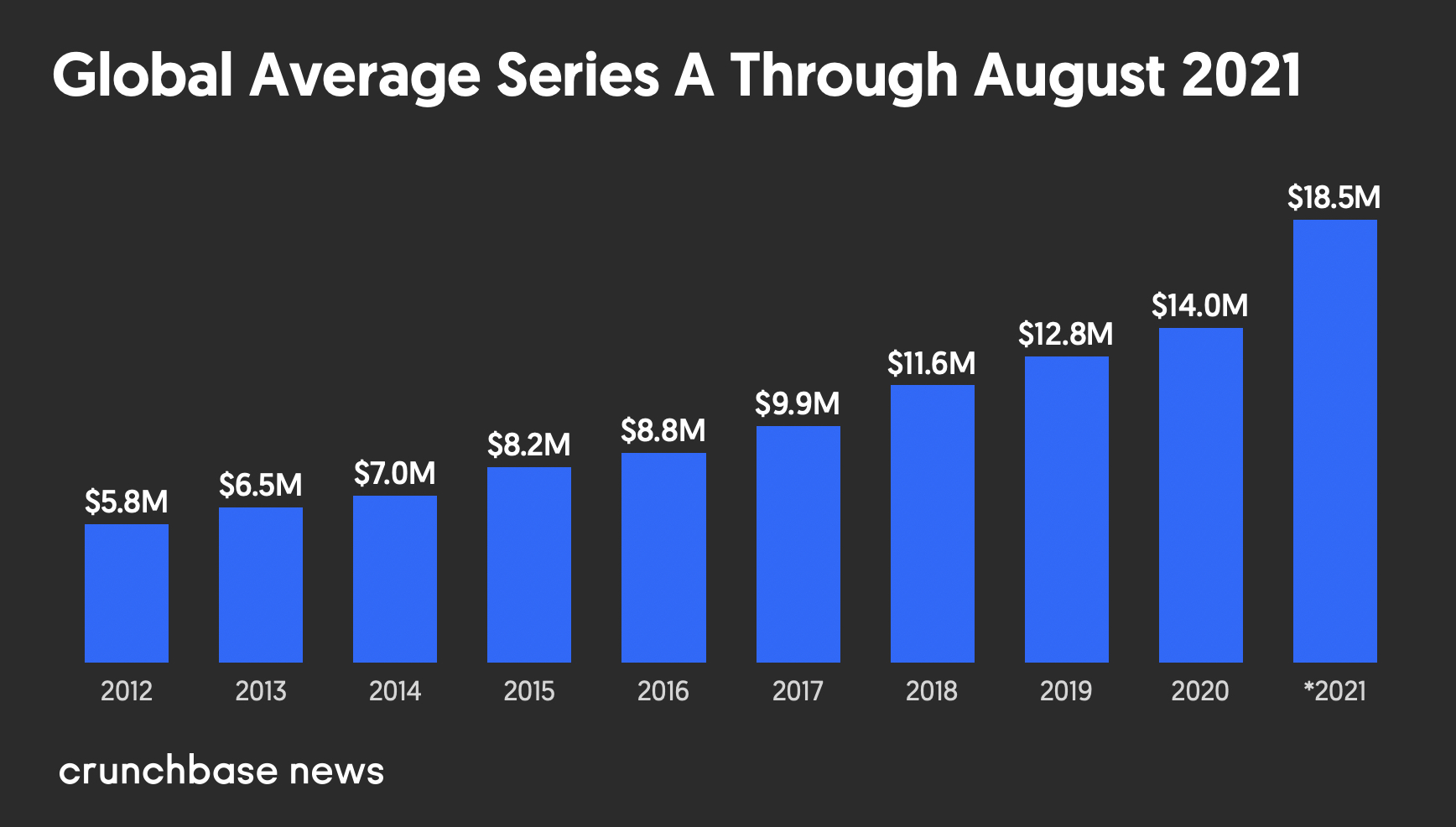
Also, when you go to pitch to investors, they’re going to want to know how you plan to use the money.
Showing them a detailed hiring plan will give them more confidence that you know what you’re doing and are prepared for growth.
How to Create a Startup Hiring Plan
To keep things simple, we’ve broken down the process of creating a startup hiring plan into five steps:
Set Up a Hiring Process
The “scrappy” days of building your startup are fun and exciting.
You can just make things up as you go and figure it all out along the way.
However, you need to start putting processes in place as you grow. That’s why the first step of creating your startup hiring process is setting up processes.
I know processes aren’t the most exciting topic, but they’re necessary.
Specifically, you need to create processes for:
- Hiring requests: If your head of marketing wants to make a hire, what steps do they need to take?
- Salary: How do you know what salary ranges should be?
- Recruiting: Where do you look for candidates? How much can you spend to recruit?
- Decision making: Who needs to give the thumbs up or thumbs down to move forward with a candidate? Who approves negotiated salaries?
Your processes don’t need to be perfect, but having a baseline will make everyone’s lives easier and create less confusion.
Determine Your Hiring Needs (short and long term)
With your processes in place, you can start thinking about who you need to hire.
Your hiring needs should be based on your goals.
If you’re not sure how to go about this process, check out this guide: How to do Headcount Planning (The Right Way)
The tl;dr version is:
- Identify your goals and challenges: What do you need to do to grow? Who do you need to hire to make it happen?
- Look for inefficiencies: Are there areas of your business that aren’t running as smoothly as they should?
- Ask your team: Your current employees can tell you where you’re under or over-resourced, which roles would make their lives easier, and other insights into your hiring needs.
If you’re more of a visual thinker, you can consider creating an org chart to see where there are gaps in your current team.
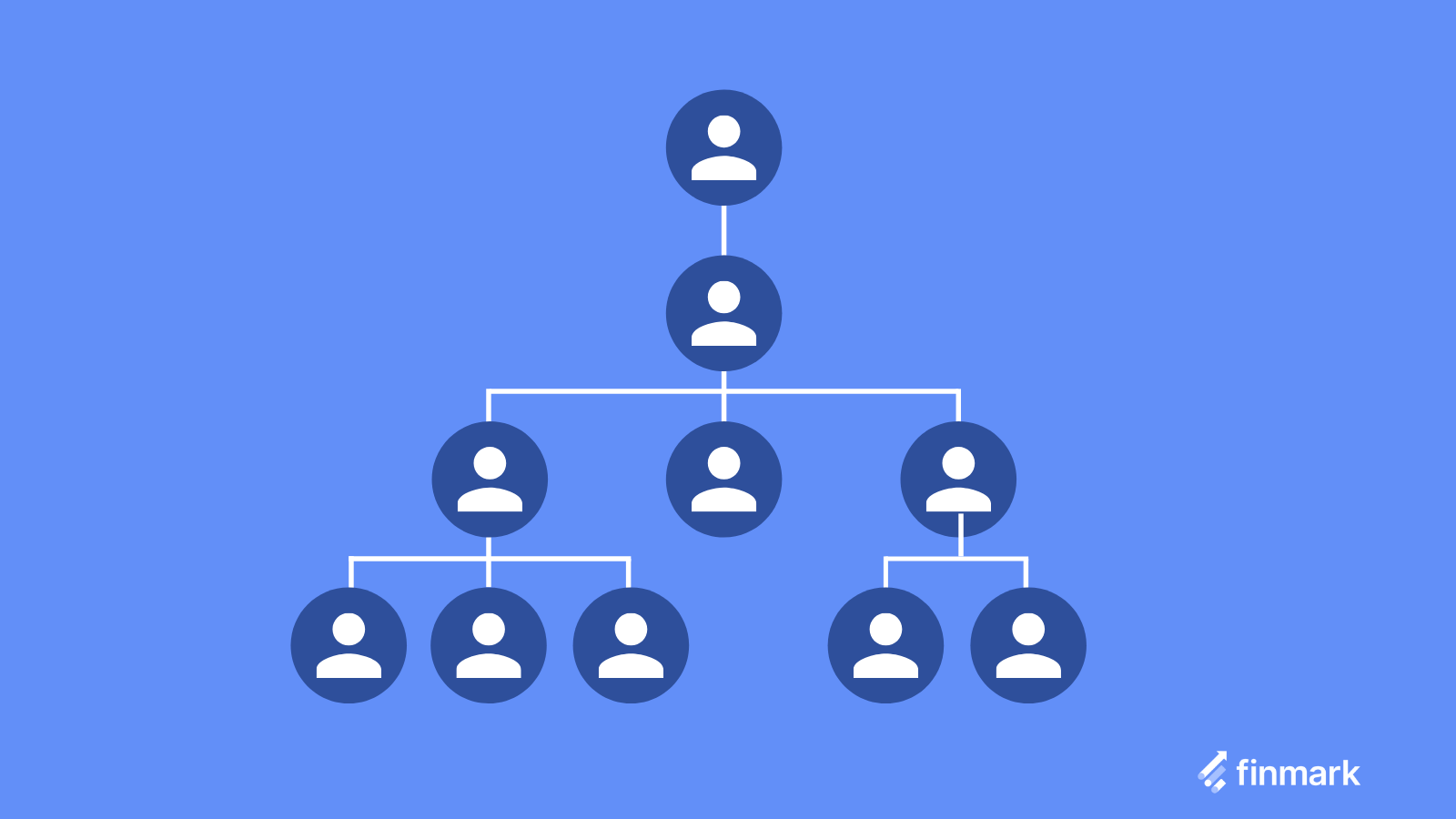
Be careful with this, though. Just because one department has fewer employees than others doesn’t mean you need to hire to “even things out.”
Only hire for necessary roles. Otherwise, you risk overhiring.
Set a Budget
How much can you afford to spend on new employees?
You have to account for:
- The initial costs to hire them (background checks, paperwork, computer, etc.)
- The recurring costs (salary and benefits)
The first one is pretty straightforward because it includes fixed costs.
The recurring expenses of employees (salary and benefits) are where things can get tricky.
Start with the hiring needs you identified in the previous section.
Go one by one and decide the salary ranges for each position. You can use a site like Payscale or Glassdoor to find estimated salaries for the roles you plan to hire.
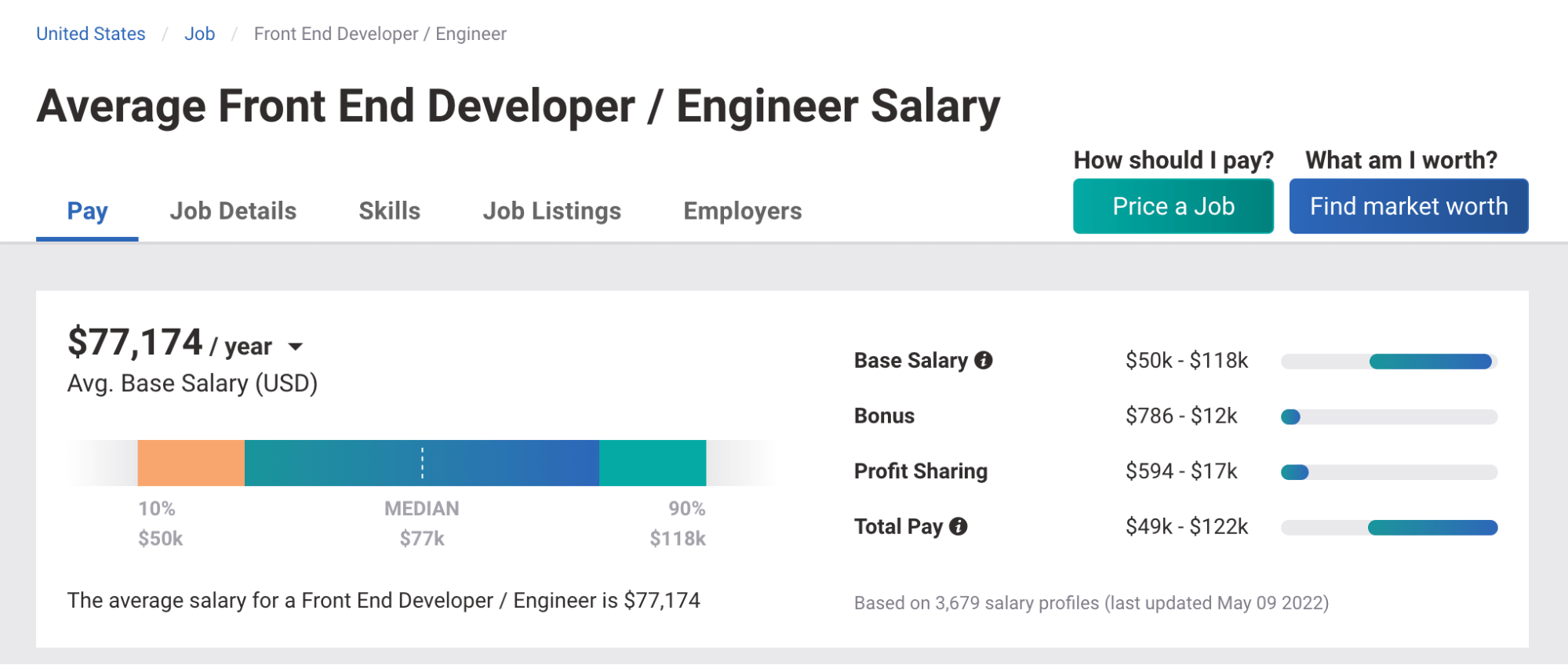
With this data, you should have a rough idea of how much it’ll cost you to fill your hiring needs.
You might find that the total costs are more than you’re willing (or can afford) to pay.
In that case, you’ll at least have clarity and can plan accordingly. It might mean prioritizing certain positions and using freelancers for others.
The goal of this step is simply to get an idea of how much you need to budget.
Related: Full Time Employees vs. Contractors: Who Should You Hire?
Create a Hiring Forecast
Now you know what roles you want to hire and how much it will cost.
Next, you need to plug this data into your financial model to build a hiring forecast.
Your hiring forecast is a projection of how new hires will impact your finances over time. It’ll make it crystal clear how many employees you can hire and how it’ll affect your runway.
To do this, we recommend using a tool like Finmark.
Finmark is a financial planning tool that allows you to create financial models and plan for the future.
The benefit of using Finmark is that it makes it easier to see your entire financial picture in one place. Your revenue forecast, cash runway, burn rate, and budget are all in one place.
You need all of this data to create an accurate hiring forecast that doesn’t just account for where your business is today but where you’ll be 12 months from now.
For instance, if your revenue forecast projects your revenue will grow 20% each month over the next 12 months, that’ll guide you on how many people you can afford to hire.
The opposite is also true.
Your projections might show that your revenue is on a decline or your burn is too high, which means you may not be able to hire as fast as you initially thought.
Let’s take a quick look at how we can build our hiring forecast using Finmark.
To start, enter all the proposed new hires and their salaries.
Use your estimates if you know the general amount you expect to pay for each role. If you just got a range from Payscale or Glassdoor, you can use the average.

You’re going to need to put estimated start dates into your forecast as well. This will help you determine the best time to hire each role since most startups don’t hire everyone at once.
You may want to phase new hires in over time. Talk with your team to decide which positions are the top priority and add their hiring dates accordingly.
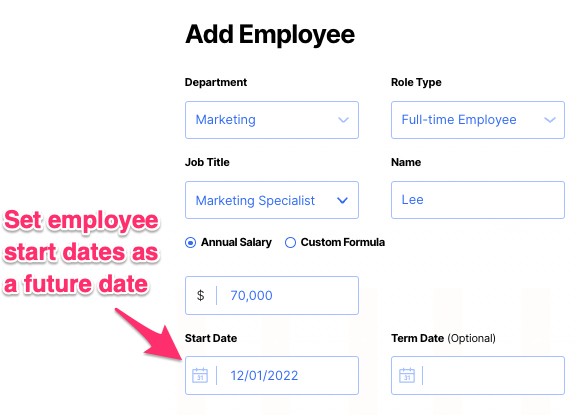
Once you’ve added all your employees, you can see a breakdown of them in a table, including salaries, start dates, departments, and other data.
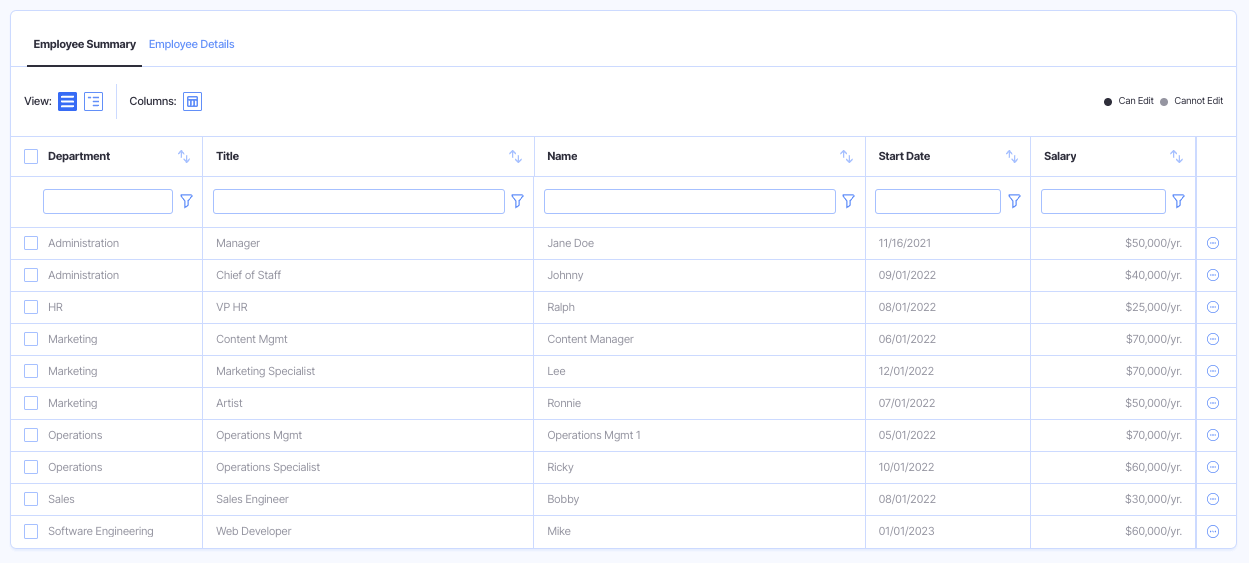
You can also see a forecast of how much you’ll need to cover payroll for your new hires each month.
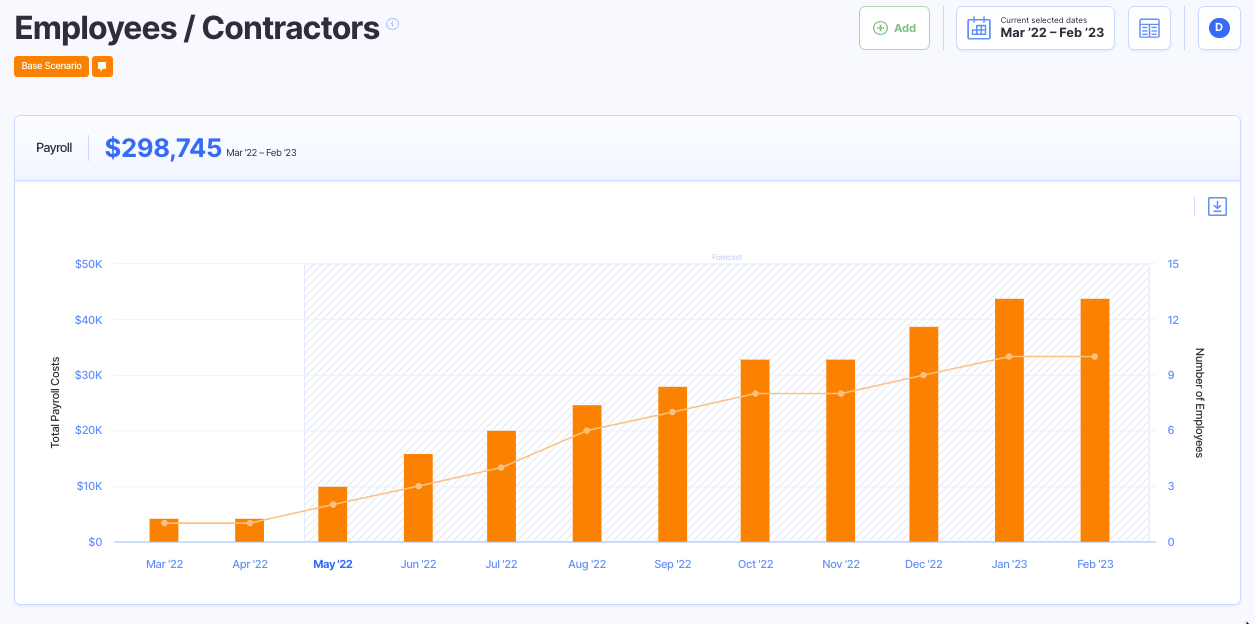
You can also see how your hiring plan will impact your burn rate and runway by heading to the dashboard.
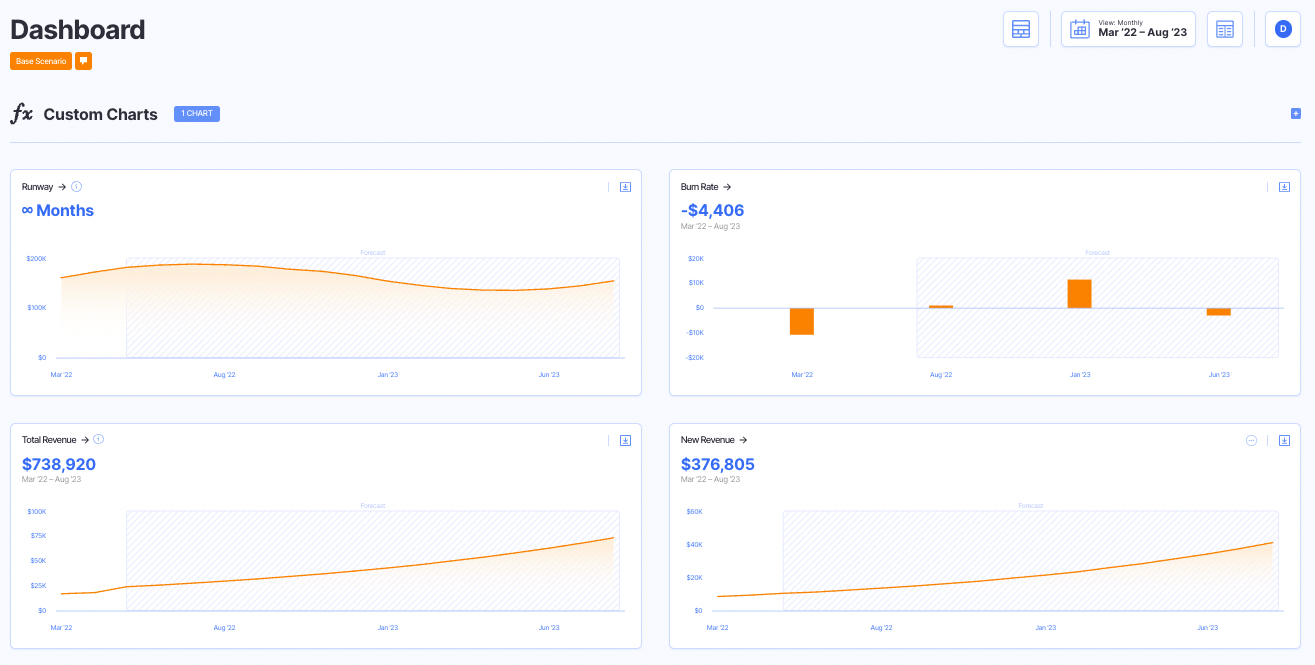
If the projections look reasonable, you should be good to go!
On the other hand, if your hiring plan shortens your runway too much or indicates you can’t afford to hire all the proposed employees, you’ll need to make adjustments, including:
- Not hiring certain roles
- Paying lower salaries
- Hiring freelancers instead of full-time employees (you can forecast this in your model as well!)
- Fundraise
The great thing is you can create multiple scenarios to forecast different hiring plans.
For instance, maybe we want to compare our original hiring plan to a scenario where we push some of our new hires to next year when we plan to raise money.
We can simply duplicate our current scenario and adjust the hiring plan. Then we can compare both scenarios to see how our runway, burn rate, payroll, and other metrics are impacted.

Recruit and Hire
Once you’ve finalized your hiring plan, the next step is to put it in motion.
Find applicants, conduct interviews, make offers, and grow your team!
How to Automate Your Hiring Plan
What if you could set “rules” in your financial plan to forecast future hires based on certain events?
For instance, if you wanted to forecast hiring a new customer service rep (CSR) every time your startup earns $50K of MRR.
Or maybe you want to hire a new SDR every four months throughout the year.
Perhaps you want to hire a new customer success manager for every five (CSRs) you hire.
You can do all of that and more with a nifty feature in Finmark called Hiring Drivers.
I’ll walk you through one example here, but you can check out this page for more examples, including video walkthroughs!
Let’s start with our first scenario, where we want to hire a new CSR for every $50K of MRR.
First, we need to hire a Hiring Driver.
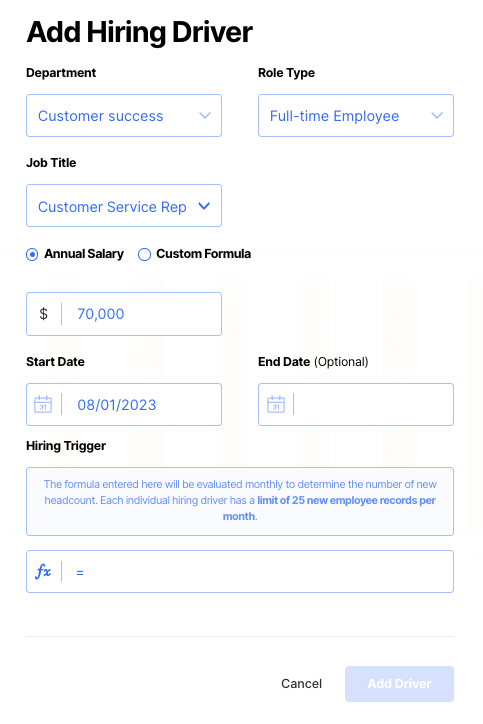
Then, we need to fill out the “Hiring Trigger” with a formula.
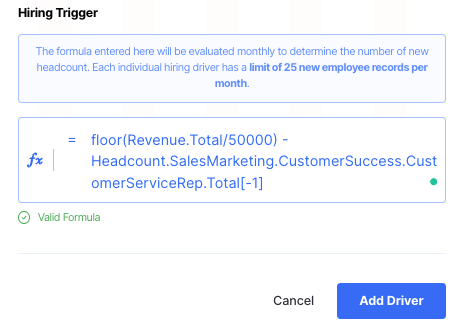
Finmark will validate the formula for you, then simply add the driver.
Every time that trigger happens, a new CSR will be added to our hiring plan!
Tips to Improve Your Startup Hiring Plan
Want to get more out of your startup’s hiring plan?
Here are some additional tips that’ll allow you to create a more accurate and usable plan.
Collaborate
You shouldn’t build your hiring plan in isolation.
Whether you’re a small team or a more developed company with department heads, it’s important to involve all stakeholders.
Department heads and managers can provide insights into which positions they need to fill, timelines, and even guidance on salary ranges based on their experience.
One way to make the process more collaborative is to set aside time to discuss next year’s hiring plan at the end of each year.
Ask every department head or manager for three scenarios:
- Their dream plan: If they could hire everyone they needed on their team to hit next year’s targets, which roles would they choose? And how much would they cost (rough salary ranges)?
- Bare minimum: If they couldn’t get every role filled, which roles could they get by with and still reach the company’s goals?
- MVP: If they could only hire one or two positions next year, which would they choose?
The purpose of this exercise is to gauge which roles will have the most impact on your startup’s growth and goals.
This becomes very helpful when you’re hiring across multiple departments but don’t have an unlimited budget.
It also makes it easier to plan a hiring timeline. You can prioritize the “MVP” and bare minimum hires first when budgeting for your hiring plan.
Plan Ahead
As we covered earlier, the sooner you start working on your hiring plan, the better.
If you’ve waited until you absolutely need to fill a role, you’ve waited too long.
Create a regular cadence for building and updating your hiring plan.
Here’s a schedule to start with:
- Build next year’s hiring plan at the end of this year
- Review and update the plan every quarter
Don’t Overhire
This is a common problem among VC-backed startups.
The pressure to grow at all costs can easily lead to hiring at a pace that you can’t keep up with.
You assume that hiring more people will allow you to grow revenue faster, which will give you the revenue to be able to afford all those people you hired.
But when you don’t grow as fast as you anticipated, you’re forced to make difficult decisions like layoffs or having to raise money out of necessity (which usually means unfavorable terms).
Creating a hiring forecast can help tremendously in preventing overhiring.
Be Realistic
Your growth projections partially drive your hiring plan.
When you assume exponential growth, you’re tempted to hire more aggressively.
If you assume slow or steady growth, you might hire more cautiously.
The trick is to find the “sweet spot.”
The sweet spot is when you hire at a pace that’s aggressive enough to fuel growth, but cautious enough to give your runway some breathing room.
Finding your sweet spot requires being realistic with your growth projections.
If you’ve historically had a 60-70% growth rate, don’t assume you’ll magically have a 110% growth rate this year to justify hiring more people.
Use data to determine reasonable projections and build your startup’s hiring plan based on that.
Ready. Set. Hire!
I hope this guide has helped show you how to build a hiring plan for your startup.
A plan that will help ensure the health and growth of your business and attract new investors for years to come.
A strong hiring plan can be the secret ingredient to success.
This content is presented “as is,” and is not intended to provide tax, legal or financial advice. Please consult your advisor with any questions.
